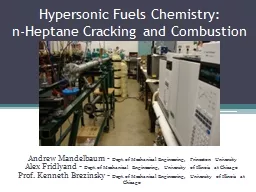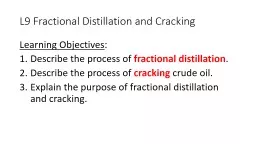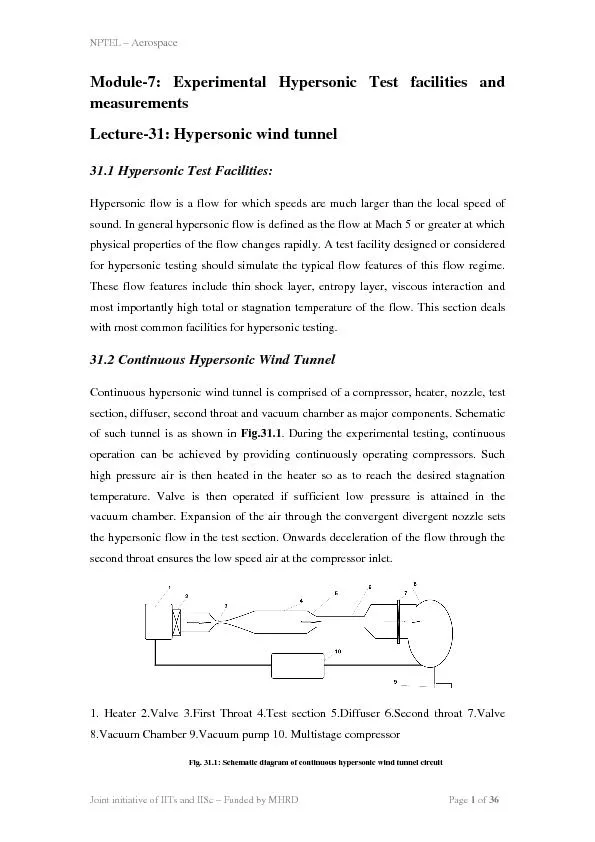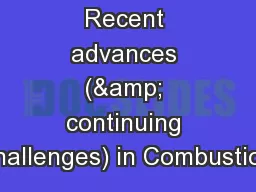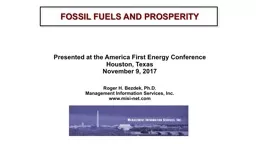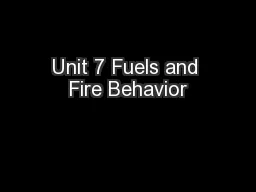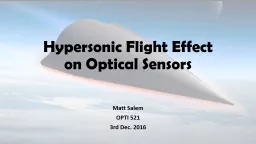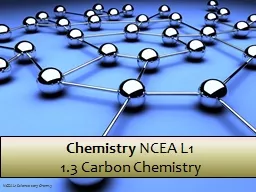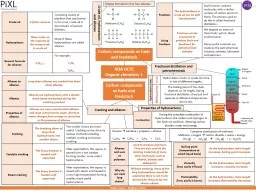PPT-Hypersonic Fuels Chemistry: n-Heptane Cracking and Combustion
Author : briana-ranney | Published Date : 2019-11-06
Hypersonic Fuels Chemistry nHeptane Cracking and Combustion Andrew Mandelbaum Dept of Mechanical Engineering Princeton University Alex Fridlyand Dept of Mechanical
Presentation Embed Code
Download Presentation
Download Presentation The PPT/PDF document "Hypersonic Fuels Chemistry: n-Heptane Cr..." is the property of its rightful owner. Permission is granted to download and print the materials on this website for personal, non-commercial use only, and to display it on your personal computer provided you do not modify the materials and that you retain all copyright notices contained in the materials. By downloading content from our website, you accept the terms of this agreement.
Hypersonic Fuels Chemistry: n-Heptane Cracking and Combustion: Transcript
Download Rules Of Document
"Hypersonic Fuels Chemistry: n-Heptane Cracking and Combustion"The content belongs to its owner. You may download and print it for personal use, without modification, and keep all copyright notices. By downloading, you agree to these terms.
Related Documents

